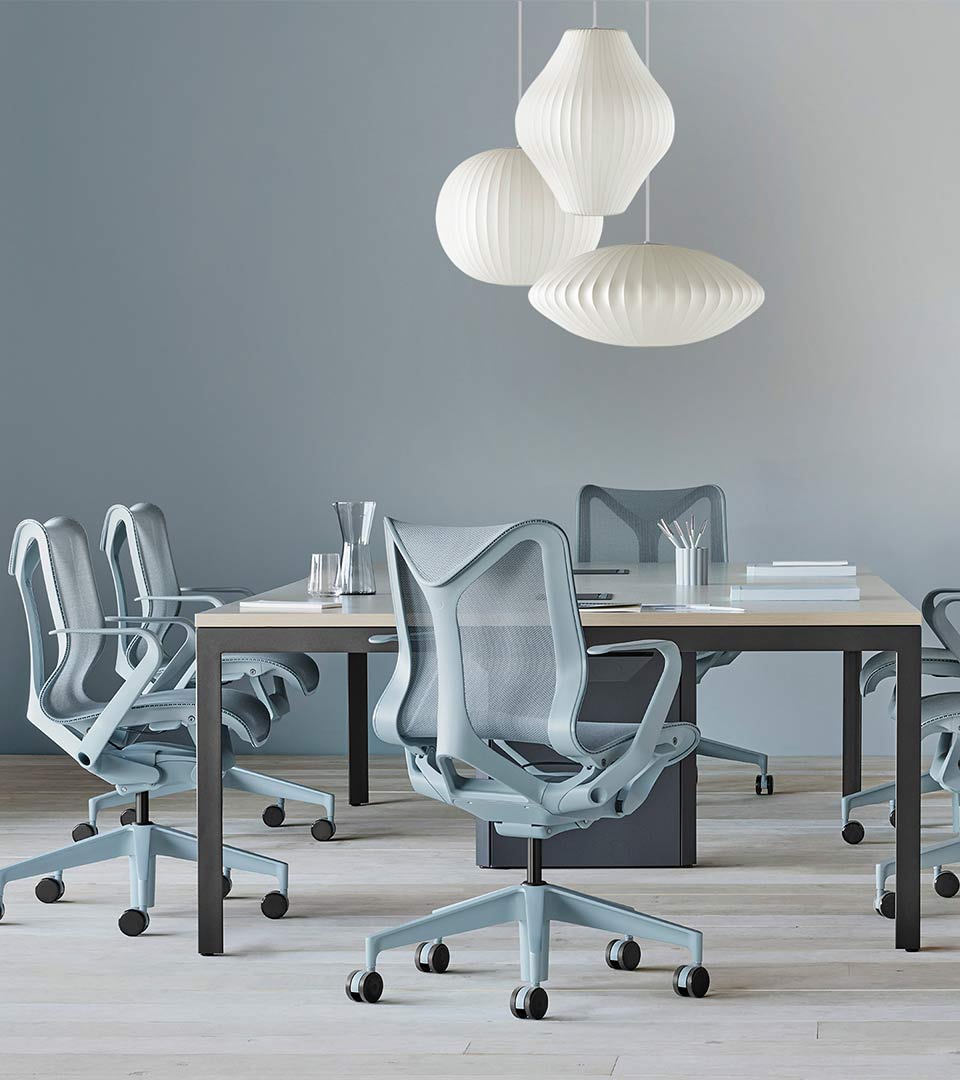Designed by David Rowland in 1964, the 40/4 chair revolutionised the concept of stackable seating in public and private spaces. As we celebrate six decades of this iconic design, it's worth exploring the legacy and enduring relevance of the Howe 40/4 chair.
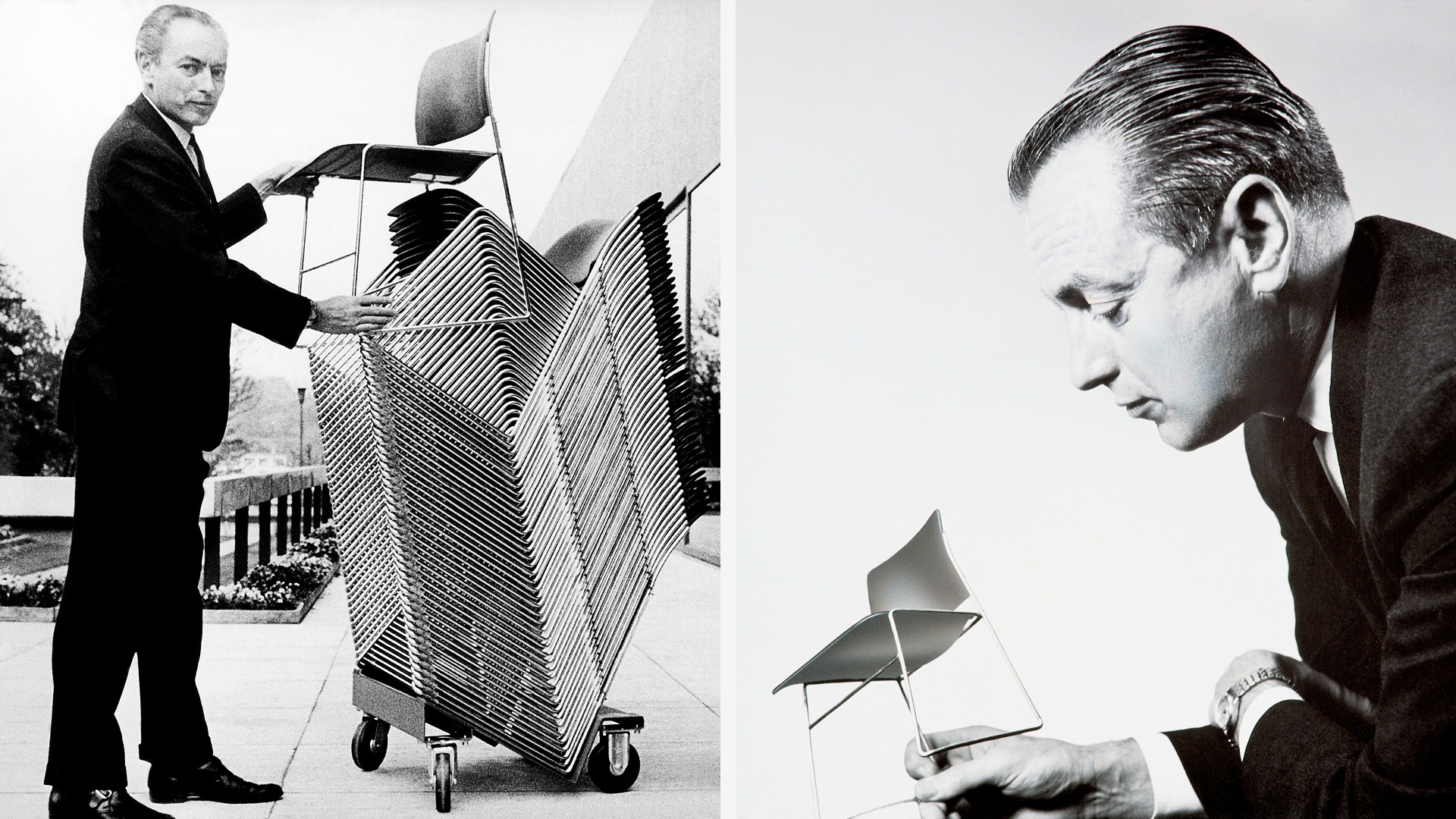
The story of the Howe 40/4 chair is inextricably linked to the ingenuity of its designer, David Rowland. Born in 1924, Rowland attended the Cranbrook Academy of Art, where he was immersed in an environment that fostered creativity and innovation. His vision for the 40/4 chair emerged from a direct need for space-efficient, stackable seating. The chair's ground-breaking design was the culmination of over a decade of meticulous research and development, during which Rowland created over 100 prototypes. His persistence paid off in 1964, when the 40/4 chair was officially launched by Howe. It was an immediate success, celebrated for its revolutionary stacking capability and its sleek, functional design. Rowland’s commitment to resolving the technical challenges of stackability without compromising aesthetic appeal or comfort set a new standard in furniture design, reflecting a profound understanding of the dynamic relationship between form, function, and the human element. This design philosophy not only cemented his legacy but also transformed public seating in countless spaces around the world.
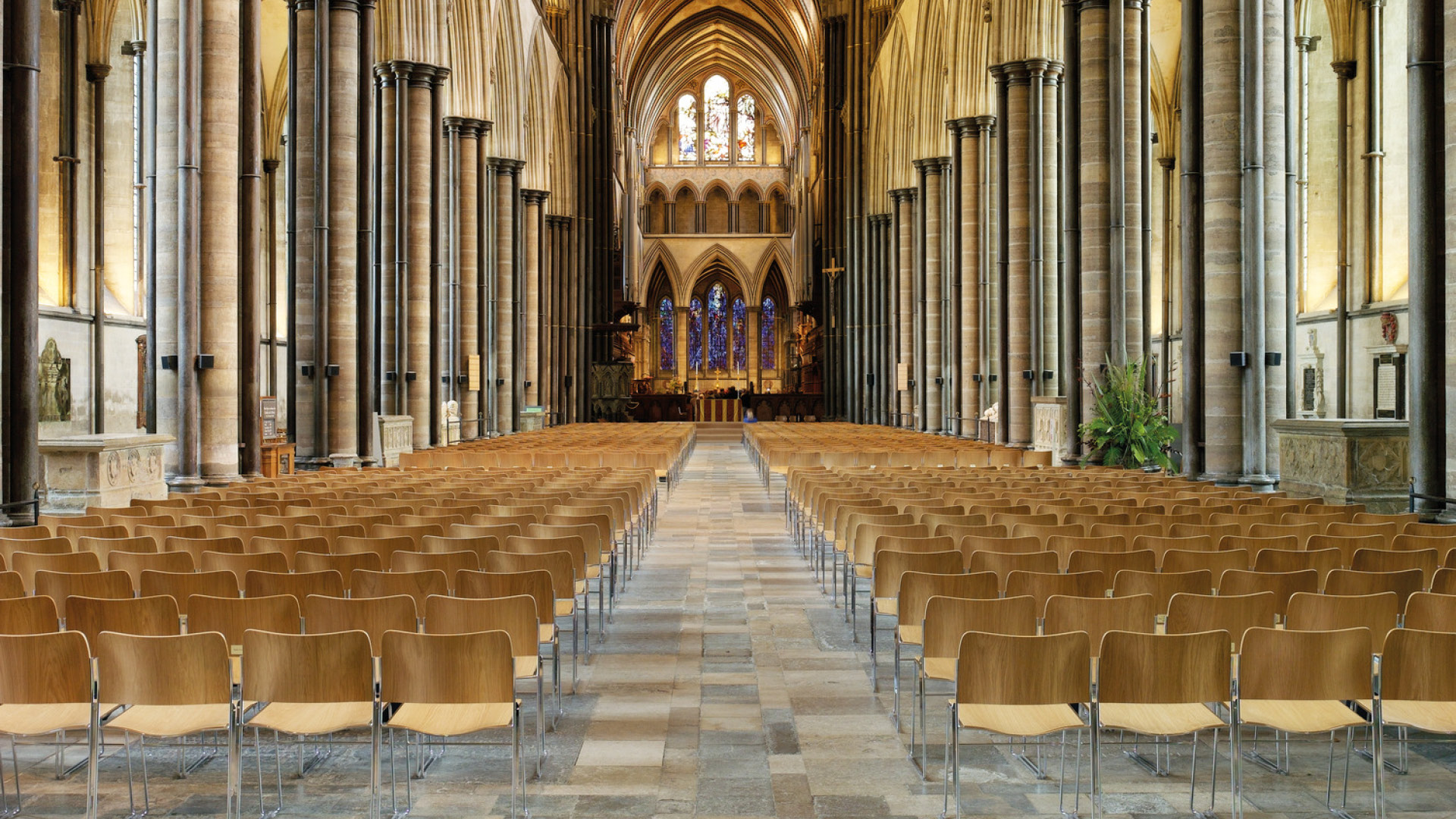
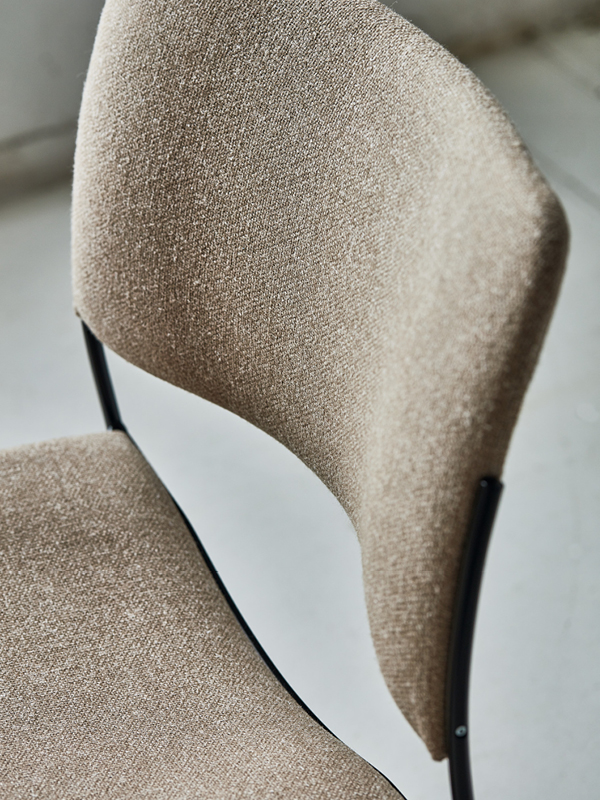
Crafted from a sleek frame of chrome-plated steel and a seat of moulded plywood, the 40/4 chair is a study in durability and style. Its design allows for a slight flex, making it surprisingly comfortable for a stackable chair. The chair's ability to stack so efficiently makes it a favourite in schools, churches, and other venues where space is at a premium and quick rearrangements are necessary. One of the most striking features of the 40/4 chair is its timeless design. Available in a variety of finishes and colours, it can fit seamlessly into almost any decor, from mid-century modern to contemporary. Its minimalistic silhouette has earned it a place in permanent collections of prestigious institutions like the Museum of Modern Art in New York and the Victoria and Albert Museum in London.
The Howe 40/4 chair's impact extends beyond its physical design. It set a benchmark for environmental consideration in manufacturing, long before sustainability became a global priority. The chair's stackability reduces the carbon footprint associated with transport and storage, and its durable design means a longer lifespan and less frequent replacement. Moreover, the 40/4 chair has been an inspiration for designers around the world, encouraging a blend of form, function, and sustainability that is now a staple in furniture design.
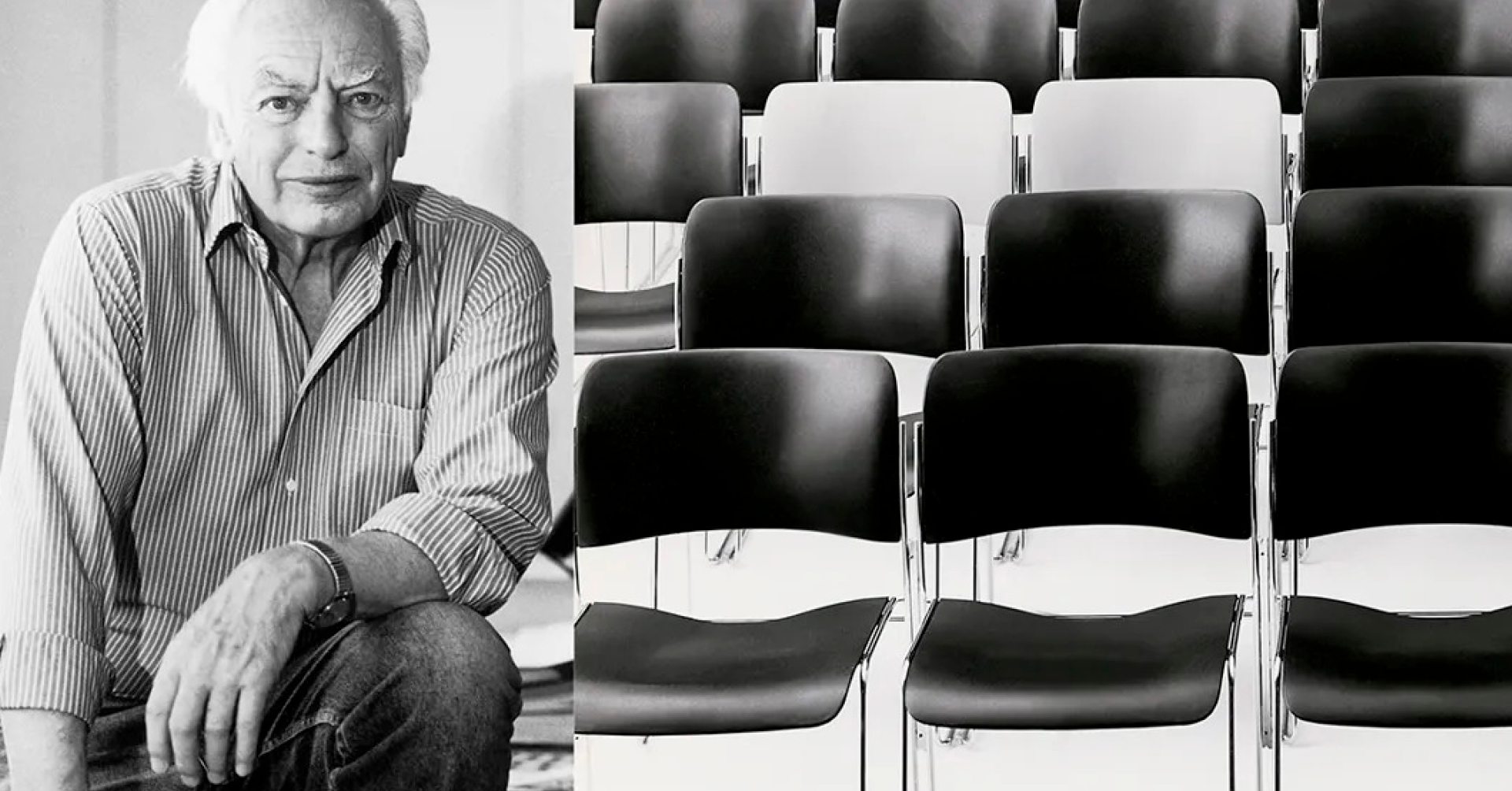
The 60th anniversary of the Howe 40/4 chair is not just a milestone in the history of furniture design but a testament to the lasting influence of innovation and sustainability in design. As we celebrate this iconic chair, we are reminded of the power of thoughtful design to transform our spaces and our experiences within them. Rowland’s commitment to resolving the technical challenges of stackability without compromising aesthetic appeal or comfort set a new standard in furniture design, reflecting a profound understanding of the dynamic relationship between form, function, and the human element. This design philosophy not only cemented his legacy but also transformed public seating in countless spaces around the world.

